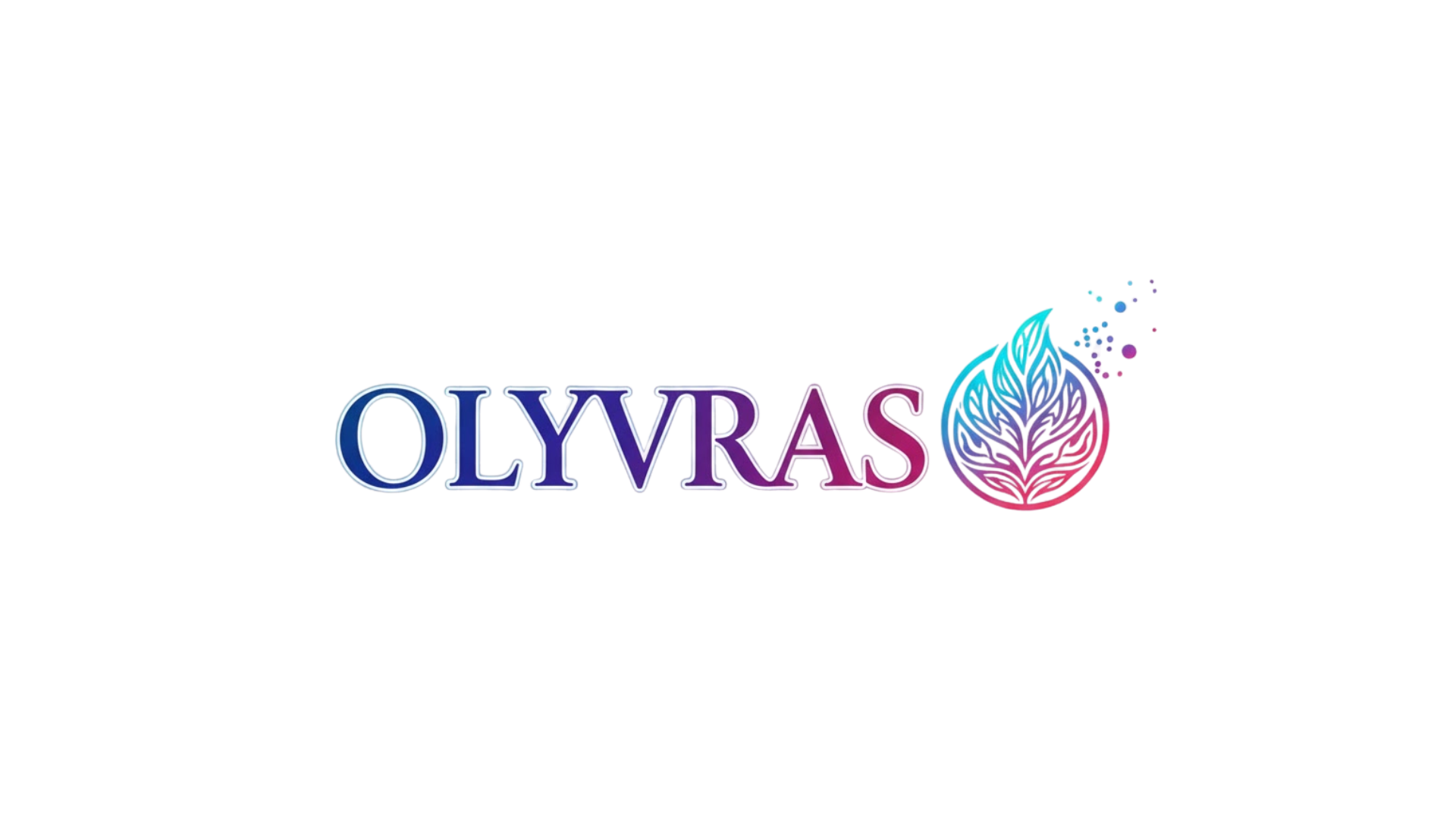Stakeholder capitalism is reshaping the global business landscape, moving beyond profit-driven models to embrace a holistic approach that values people, planet, and prosperity equally.
🌍 Understanding the Shift Toward Stakeholder-Centric Business Models
The traditional shareholder primacy model that dominated corporate governance for decades is undergoing a fundamental transformation. Today’s most forward-thinking organizations recognize that long-term success depends on creating value for all stakeholders—employees, customers, suppliers, communities, and the environment—not just shareholders. This evolution reflects a growing awareness that sustainable growth requires balancing financial performance with social responsibility and environmental stewardship.
Stakeholder capitalism frameworks provide structured approaches for companies to integrate these diverse interests into their strategic planning and daily operations. Rather than viewing stakeholder needs as competing priorities, these frameworks help organizations identify synergies where meeting one group’s needs can simultaneously benefit others. This integrated perspective is becoming essential as consumers, investors, and employees increasingly demand that businesses contribute positively to society while delivering financial returns.
The emergence of stakeholder capitalism isn’t merely a philosophical shift—it’s a practical response to pressing global challenges. Climate change, income inequality, resource scarcity, and social fragmentation threaten both business continuity and human wellbeing. Organizations that embrace stakeholder frameworks position themselves to navigate these challenges more effectively while building resilience and competitive advantage.
📊 Core Principles of Effective Stakeholder Capitalism Frameworks
Successful stakeholder capitalism frameworks rest on several foundational principles that guide organizational decision-making and strategy. Understanding these core elements is essential for any business seeking to implement a stakeholder-centric approach authentically and effectively.
Purpose-Driven Leadership
At the heart of stakeholder capitalism lies a clear organizational purpose that extends beyond profit generation. Purpose-driven companies articulate why they exist, what positive change they seek to create in the world, and how they intend to serve multiple stakeholder groups. This purpose becomes the North Star guiding strategic decisions, investment priorities, and cultural development. Leaders who embrace stakeholder capitalism view their role as stewards responsible for creating shared value rather than simply maximizing short-term shareholder returns.
Transparent Measurement and Reporting
Effective stakeholder frameworks require robust measurement systems that track performance across multiple dimensions. Traditional financial metrics remain important but are supplemented with social and environmental indicators. Leading organizations now report on carbon emissions, employee wellbeing, diversity metrics, supply chain practices, community impact, and other stakeholder-relevant factors. This transparency builds trust and accountability while enabling continuous improvement.
Inclusive Governance Structures
Stakeholder capitalism demands governance models that give voice to diverse perspectives. Progressive companies are experimenting with board compositions that include employee representatives, customer advocates, and independent directors with sustainability expertise. Decision-making processes incorporate stakeholder input through advisory councils, feedback mechanisms, and participatory planning sessions. These inclusive approaches lead to more informed decisions that better balance competing interests.
💡 Strategic Benefits of Adopting Stakeholder Frameworks
Organizations that successfully implement stakeholder capitalism frameworks unlock numerous strategic advantages that contribute to long-term sustainable growth. These benefits extend across multiple dimensions of business performance and competitive positioning.
Enhanced brand reputation and customer loyalty emerge as customers increasingly prefer companies aligned with their values. Research consistently shows that consumers, especially younger generations, actively support businesses demonstrating genuine commitment to social and environmental responsibility. This loyalty translates into pricing power, customer retention, and organic brand advocacy that reduces marketing costs.
Talent attraction and retention improve significantly when companies embrace stakeholder principles. Top professionals seek employers whose missions resonate with their personal values and who demonstrate respect for employee wellbeing. Organizations with strong stakeholder frameworks experience lower turnover, higher engagement, and greater innovation as employees feel more connected to meaningful work.
Risk mitigation becomes more effective as stakeholder frameworks help companies identify and address emerging threats earlier. By maintaining strong relationships with diverse stakeholder groups, organizations gain early warning signals about regulatory changes, social concerns, environmental risks, and market shifts. This intelligence enables proactive adaptation rather than reactive crisis management.
Access to capital expands as investors increasingly incorporate environmental, social, and governance (ESG) criteria into their decision-making. Sustainable investment funds now manage trillions of dollars, creating strong financial incentives for companies to adopt stakeholder frameworks. Organizations with robust ESG performance often enjoy lower capital costs and attract patient, long-term investors who support strategic growth initiatives.
🔧 Implementing Stakeholder Frameworks: Practical Steps
Transitioning to stakeholder capitalism requires deliberate planning and systematic implementation. Organizations at any stage of maturity can take concrete steps to strengthen their stakeholder orientation and build frameworks that support sustainable growth.
Conducting Comprehensive Stakeholder Mapping
The first step involves identifying all relevant stakeholder groups and understanding their specific needs, concerns, and expectations. This mapping exercise should extend beyond obvious groups to include often-overlooked stakeholders such as future generations, local ecosystems, and indirect community members affected by business operations. Effective mapping creates a foundation for prioritizing engagement efforts and allocating resources appropriately.
Establishing Materiality Assessments
Not all stakeholder issues carry equal weight for every organization. Materiality assessments help companies determine which environmental, social, and governance factors most significantly impact their business and stakeholders. This process involves analyzing industry-specific risks, regulatory trends, stakeholder feedback, and competitive positioning. The resulting materiality matrix guides resource allocation toward the most impactful initiatives.
Setting Meaningful Goals and Targets
Stakeholder frameworks require specific, measurable objectives that drive accountability and progress. Leading companies set ambitious yet achievable targets for carbon reduction, diversity representation, employee wellbeing, community investment, and other material issues. These goals should align with broader societal objectives such as the United Nations Sustainable Development Goals while reflecting the organization’s unique context and capabilities.
Integrating Stakeholder Considerations into Decision Processes
Perhaps the most critical implementation step involves embedding stakeholder analysis into routine business decisions. This integration might include stakeholder impact assessments for major investments, incorporating social and environmental criteria into vendor selection, or adjusting executive compensation to reflect stakeholder outcomes. The goal is making stakeholder consideration automatic rather than exceptional.
📈 Measuring Success: Key Performance Indicators for Stakeholder Capitalism
Effective stakeholder frameworks require comprehensive measurement systems that track progress across multiple value dimensions. While specific metrics vary by industry and organizational context, several categories of key performance indicators prove essential for most companies.
- Employee Wellbeing Metrics: Employee engagement scores, turnover rates, diversity ratios, pay equity measures, training investment per employee, and health and safety indicators
- Environmental Performance: Carbon footprint, energy efficiency, water usage, waste reduction, circular economy metrics, and biodiversity impact assessments
- Customer Value Creation: Net promoter scores, customer lifetime value, complaint resolution rates, product safety records, and accessibility metrics
- Community Impact: Local employment rates, community investment amounts, volunteer hours, tax contributions, and stakeholder satisfaction surveys
- Supply Chain Responsibility: Supplier diversity, ethical sourcing certifications, supply chain transparency scores, and human rights due diligence outcomes
- Governance Quality: Board diversity, ethics training completion, whistleblower reports, regulatory compliance records, and stakeholder representation mechanisms
Organizations should select metrics that align with their materiality assessments and report progress transparently through integrated annual reports, sustainability disclosures, and stakeholder communications. Increasingly, companies adopt standardized frameworks such as the Global Reporting Initiative, Sustainability Accounting Standards Board, or Task Force on Climate-related Financial Disclosures to ensure comparability and credibility.
🌱 Real-World Examples: Stakeholder Capitalism in Action
Numerous organizations across industries demonstrate how stakeholder frameworks drive sustainable growth and competitive advantage. These examples illustrate diverse approaches tailored to specific contexts while sharing common commitments to balanced value creation.
Patagonia has built its entire business model around environmental stewardship while achieving profitable growth. The outdoor apparel company incorporates recycled materials, repairs products to extend their life, and donates significant portions of revenue to environmental causes. This authentic commitment attracts loyal customers willing to pay premium prices, creating strong financial performance alongside environmental impact.
Unilever’s Sustainable Living Plan demonstrates stakeholder capitalism at massive scale. The consumer goods giant set ambitious targets for reducing environmental footprint while improving health and wellbeing for billions of consumers. Brands aligned with this purpose have grown significantly faster than others in the portfolio, proving that stakeholder orientation drives business results even in mature, competitive markets.
Microsoft has embedded stakeholder principles throughout its operations, from carbon-negative commitments to accessibility innovations that serve customers with disabilities. The company’s AI ethics framework reflects proactive engagement with technology’s societal implications. These initiatives strengthen Microsoft’s reputation, attract top talent, and position the company as a trusted partner for government and enterprise customers navigating digital transformation.
⚡ Overcoming Challenges in Stakeholder Framework Implementation
Despite compelling benefits, organizations face real obstacles when transitioning to stakeholder capitalism. Understanding these challenges and developing mitigation strategies increases the likelihood of successful implementation.
Addressing Short-Term Financial Pressures
Public companies particularly struggle with balancing stakeholder investments against quarterly earnings expectations. Stakeholder initiatives often require upfront costs before delivering returns, creating tension with investors focused on immediate performance. Successful organizations address this challenge through patient capital cultivation, transparent communication about long-term value creation, and demonstrating how stakeholder investments strengthen competitive positioning.
Navigating Stakeholder Trade-offs
Not all stakeholder interests align perfectly, and difficult trade-offs occasionally arise. For example, automation that improves environmental efficiency might threaten employee jobs. Effective frameworks don’t eliminate these tensions but provide principled processes for navigating them. This includes transparent communication about trade-offs, stakeholder involvement in decision-making, and mitigation measures for adversely affected groups.
Avoiding Greenwashing and Authenticity Gaps
Stakeholders increasingly scrutinize corporate claims about social and environmental responsibility. Companies face significant reputational risks if their stakeholder commitments prove superficial or contradicted by actual practices. Authenticity requires aligning public communications with operational reality, addressing identified gaps systematically, and acknowledging shortcomings honestly while demonstrating genuine improvement efforts.
🚀 The Future of Stakeholder Capitalism and Sustainable Growth
Stakeholder capitalism frameworks continue evolving as global challenges intensify and stakeholder expectations rise. Several emerging trends will shape how organizations approach stakeholder orientation in coming years.
Regulatory frameworks increasingly mandate stakeholder considerations and ESG reporting. The European Union’s Corporate Sustainability Reporting Directive, proposed SEC climate disclosure rules in the United States, and similar initiatives globally are transforming stakeholder capitalism from voluntary practice to regulatory requirement. This formalization will accelerate adoption while raising standards for measurement and reporting.
Technology enablement is making stakeholder frameworks more sophisticated and scalable. Artificial intelligence helps analyze stakeholder sentiment, blockchain enhances supply chain transparency, and data analytics enable real-time sustainability performance tracking. These tools reduce implementation barriers and improve decision-making quality.
Ecosystem approaches are emerging where companies collaborate across value chains and industries to address systemic challenges. Individual organizations recognize that issues like climate change, inequality, and resource scarcity require collective action. Industry coalitions, pre-competitive collaborations, and multi-stakeholder partnerships are becoming standard components of stakeholder frameworks.

🎯 Creating Your Organization’s Stakeholder Success Story
Every organization’s journey toward stakeholder capitalism is unique, reflecting its specific context, capabilities, and priorities. However, certain principles guide successful transformations regardless of starting point or industry.
Begin with authentic leadership commitment. Stakeholder frameworks fail without genuine buy-in from top executives and board members who understand that sustainable growth requires balancing multiple value dimensions. This commitment must translate into resource allocation, performance expectations, and personal accountability.
Engage stakeholders meaningfully throughout the journey. Effective frameworks aren’t designed in isolation but co-created with those they’re meant to serve. Regular dialogue, feedback mechanisms, and participatory processes ensure that initiatives address real needs rather than assumed priorities.
Embrace continuous improvement over perfection. No organization immediately masters stakeholder capitalism. The most successful companies view framework implementation as an ongoing learning process, celebrating progress while acknowledging gaps and adapting approaches based on experience.
Communicate progress transparently. Stakeholders appreciate honest reporting about both successes and challenges. Transparent communication builds trust, invites constructive feedback, and demonstrates the authentic commitment that stakeholders increasingly demand.
The power of stakeholder capitalism frameworks lies not in abandoning financial performance but in recognizing that sustainable growth requires creating value for all who contribute to and are affected by business activities. Organizations that embrace this reality unlock resilience, innovation, loyalty, and competitive advantage that purely profit-focused models cannot achieve. As global challenges intensify and stakeholder expectations continue rising, stakeholder capitalism transforms from progressive experiment to essential business strategy. The question is no longer whether to adopt stakeholder frameworks but how quickly and effectively organizations can integrate them into their DNA for long-term success.
Toni Santos is a global-policy researcher and ethical-innovation writer exploring how business, society and governance interconnect in the age of interdependence. Through his studies on corporate responsibility, fair trade economics and social impact strategies, Toni examines how equitable systems emerge from design, policy and shared vision. Passionate about systemic change, impact-driven leadership and transformative policy, Toni focuses on how global cooperation and meaningful economy can shift the scenario of globalization toward fairness and purpose. His work highlights the intersection of economics, ethics and innovation — guiding readers toward building structures that serve people and planet. Blending policy design, social strategy and ethical economy, Toni writes about the architecture of global systems — helping readers understand how responsibility, trade and impact intertwine in the world they inhabit. His work is a tribute to: The global commitment to equity, justice and shared prosperity The architecture of policy, business and social impact in a connected world The vision of globalization as cooperative, human-centred and regenerative Whether you are a strategist, policymaker or global thinker, Toni Santos invites you to explore ethical globalization — one policy, one model, one impact at a time.




